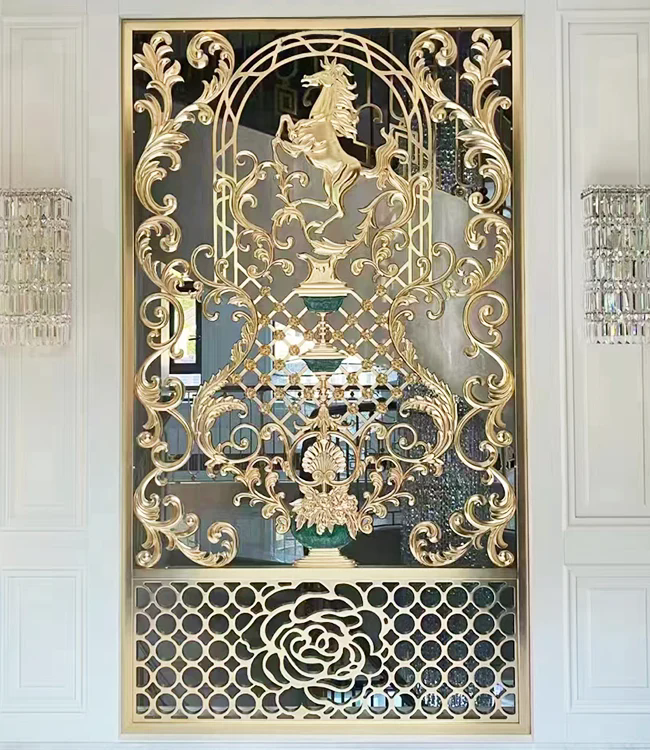Partition Screen: Practical and Stylish Space Dividers
2025-07-10
Partition screens are versatile furnishings designed to divide and define spaces in homes, offices, and public areas. Whether for privacy, decoration, or functional zoning, partition screens offer an easy and flexible way to create distinct areas without permanent construction.
What is a Partition Screen?
A partition screen is a movable or fixed panel that acts as a divider to separate spaces visually and physically. These screens can be freestanding or mounted, and are available in a variety of materials such as wood, metal, fabric, glass, or plastic.
They are often used to create private workstations, separate rooms in open-plan areas, or enhance décor with stylish design elements.

Types of Partition Screens
Folding Screens
Consist of multiple panels connected by hinges.
Portable and easy to move or fold away.
Popular for home use, dressing rooms, and events.
Fixed Partition Panels
Mounted permanently to floors or ceilings.
Provide stable and robust space division.
Common in offices and commercial buildings.
Sliding Partition Screens
Mounted on tracks, allowing panels to slide open or close.
Ideal for conference rooms or flexible spaces.
Save floor space compared to hinged doors.
Glass Partition Screens
Made from tempered or frosted glass.
Allow light to pass while maintaining privacy.
Popular in modern office designs for a sleek, open feel.
Acoustic Partition Screens
Designed to reduce noise between spaces.
Often padded or covered with sound-absorbing materials.
Useful in busy offices, studios, or classrooms.
Materials Used in Partition Screens
Wood: Offers warmth and classic aesthetics.
Metal: Provides a modern and industrial look with durability.
Fabric: Adds softness and sound absorption.
Glass: Brings transparency and a sense of openness.
Plastic or PVC: Lightweight and easy to clean.
Benefits of Using Partition Screens
Space Flexibility: Easily reconfigure areas without construction.
Privacy: Create private zones in shared spaces.
Aesthetic Enhancement: Add style and texture to interiors.
Cost-Effective: Less expensive and faster than building walls.
Sound Control: Acoustic partitions improve noise management.
Common Applications
Office environments: To separate desks or meeting rooms.
Homes: For room division or privacy in studios and apartments.
Healthcare: Create temporary patient partitions.
Events: For creating booths or private areas.
Retail: To define display areas or changing rooms.
Installation and Maintenance Tips
Choose the right size and style for your space.
Ensure stability if freestanding; secure fixed partitions properly.
Clean materials according to manufacturer instructions—glass with glass cleaner, wood with polish, fabric with vacuuming.
Consider portability if you need to rearrange frequently.
Conclusion
Partition screens are an excellent solution to organize, decorate, and add functionality to various environments. Their flexibility, style options, and ease of use make them indispensable for anyone looking to optimize their space without permanent changes.


